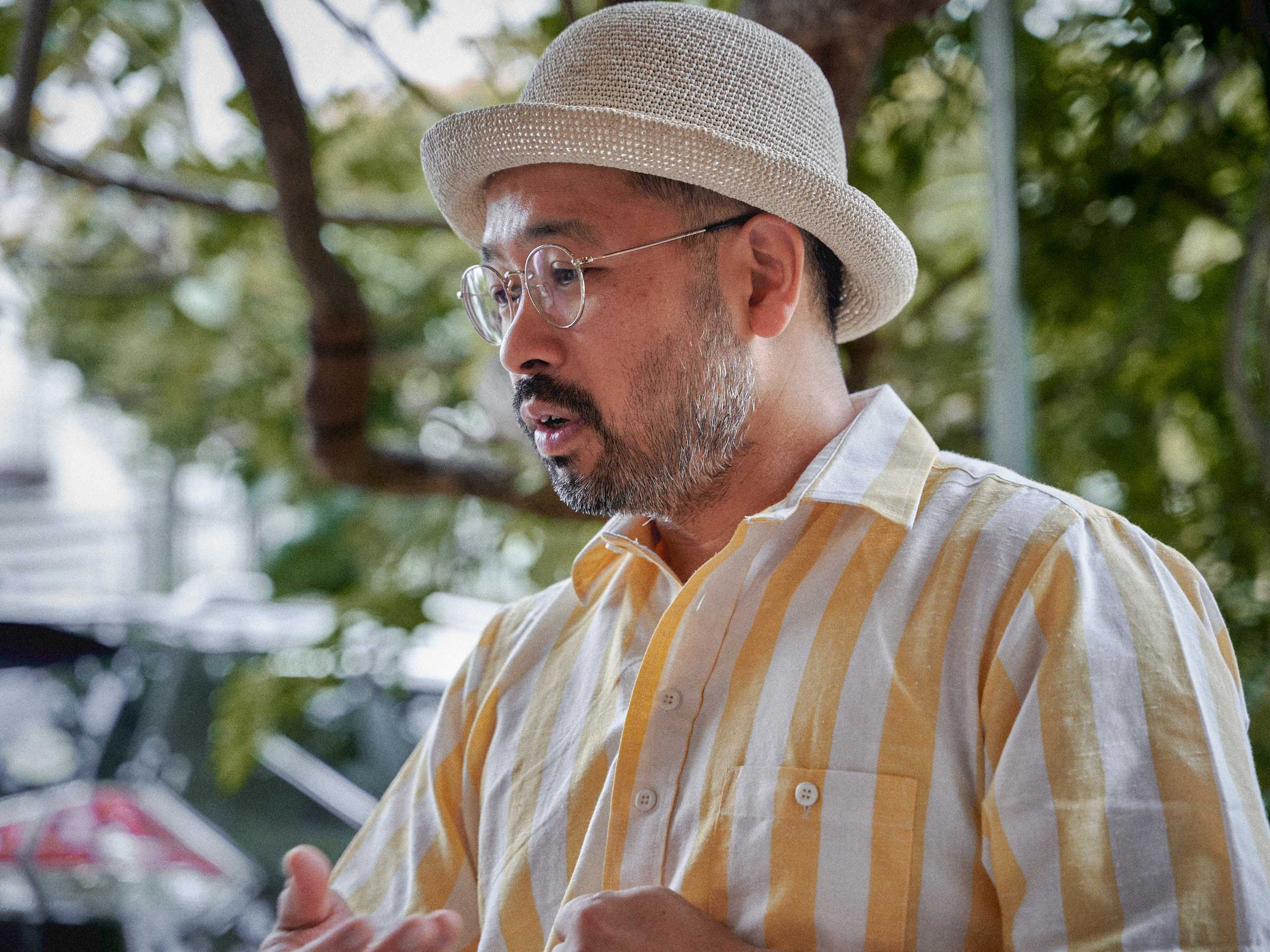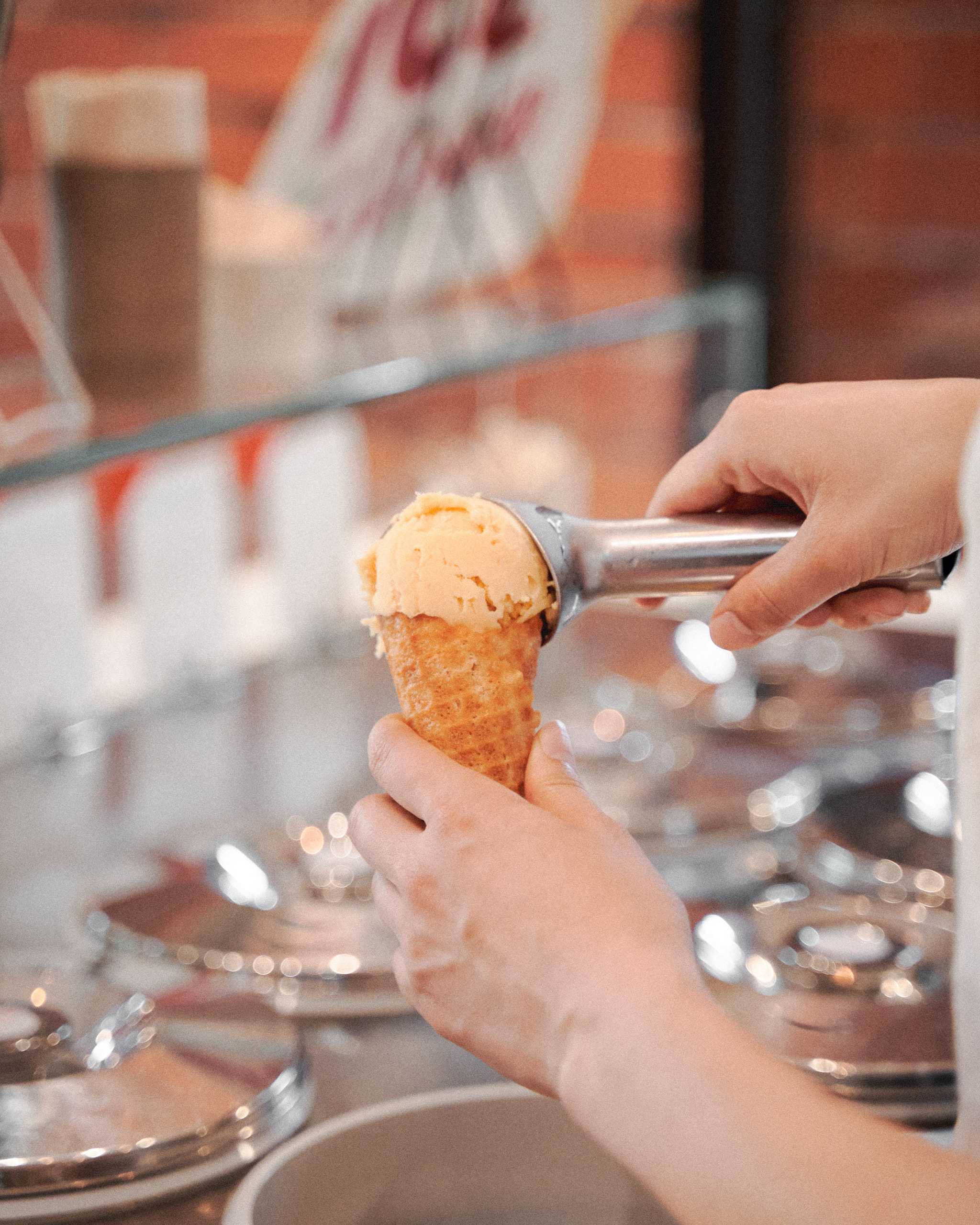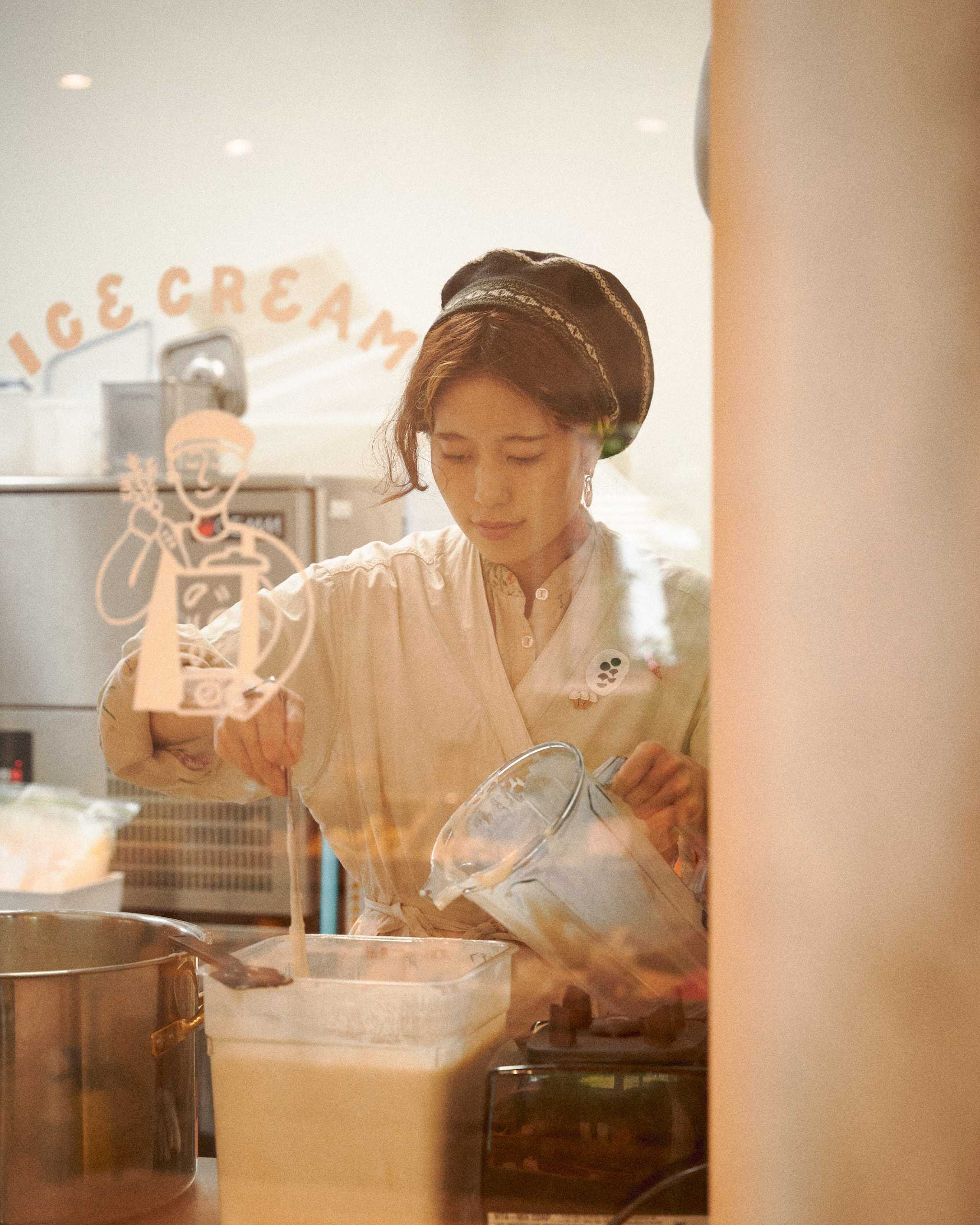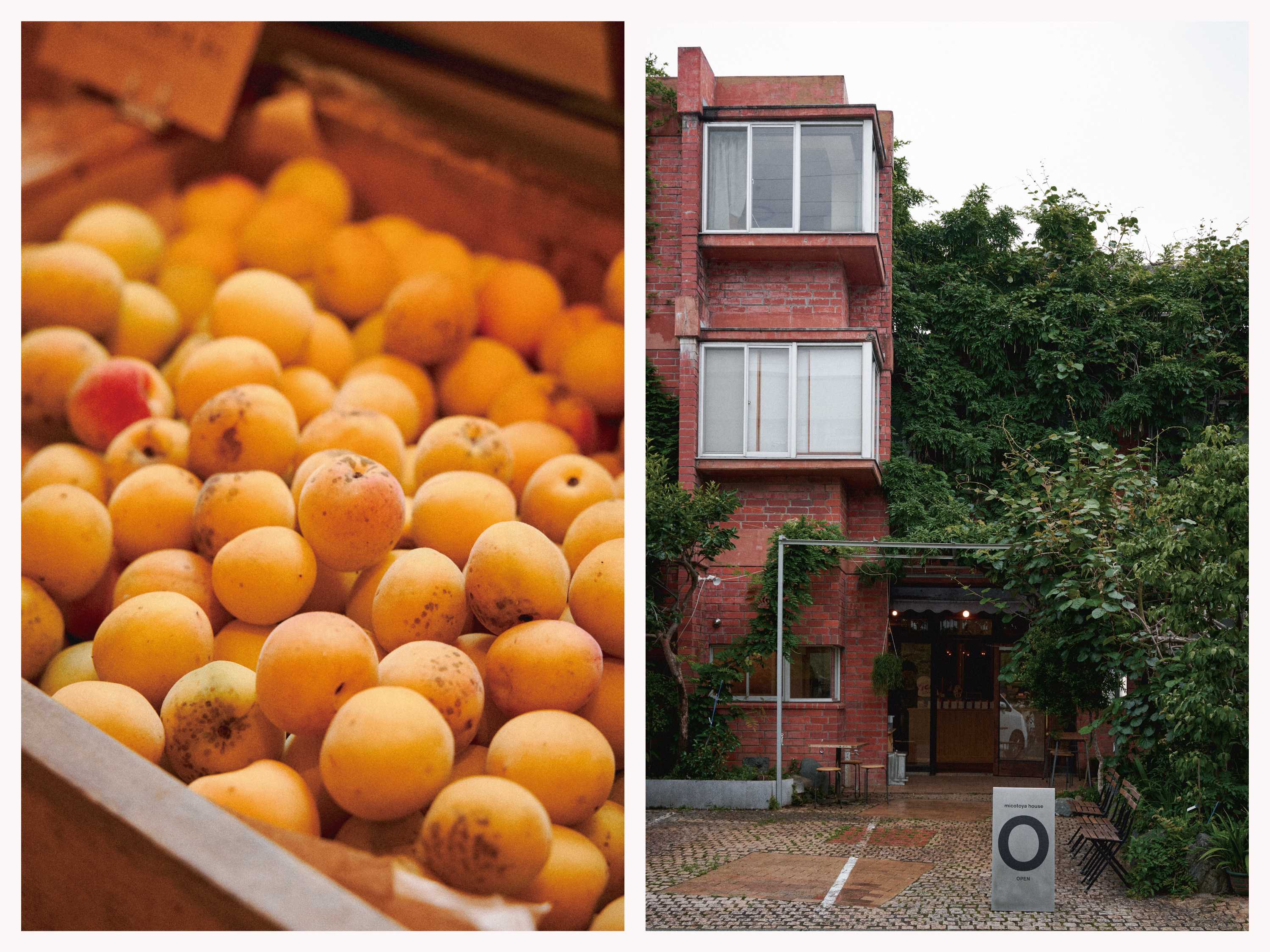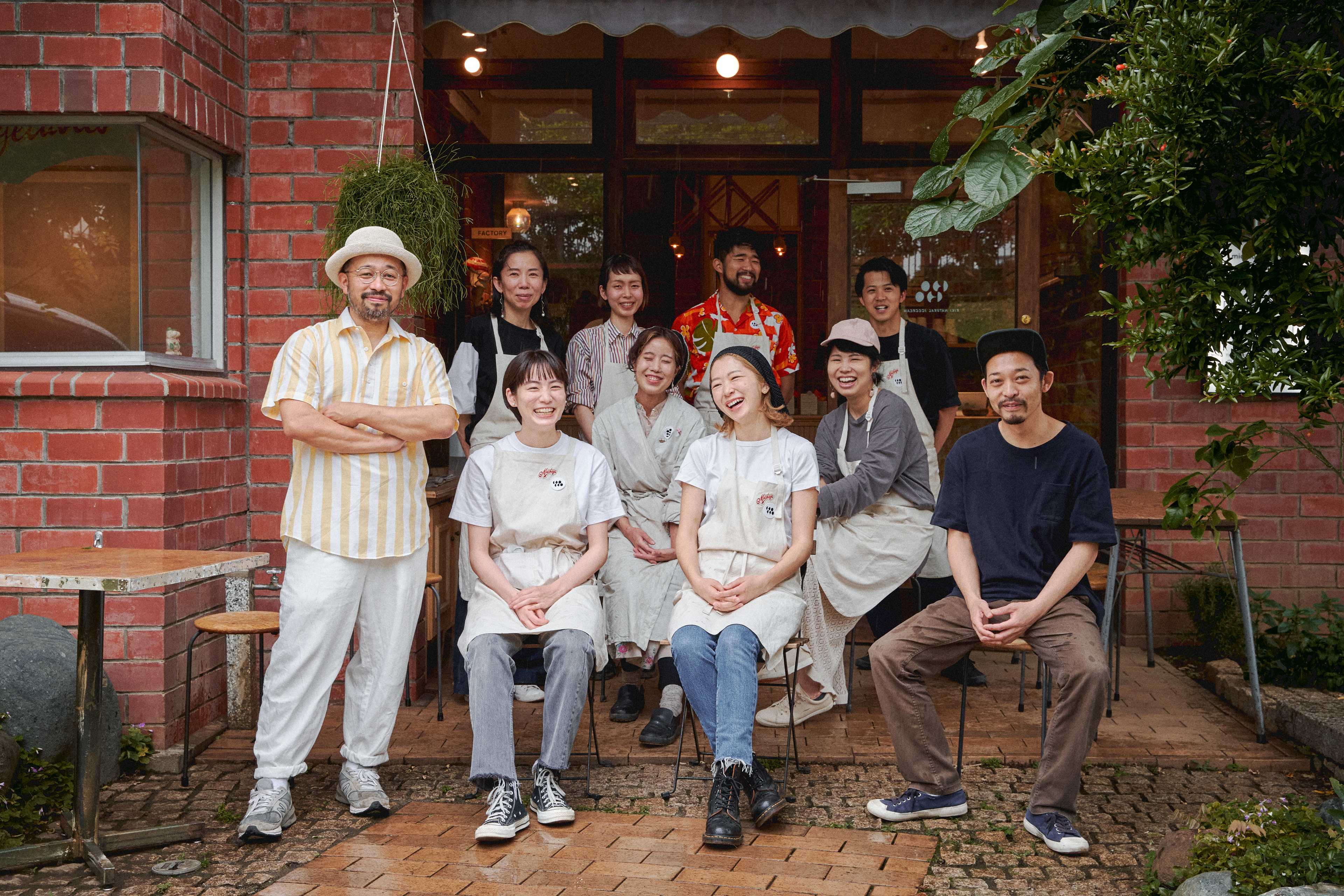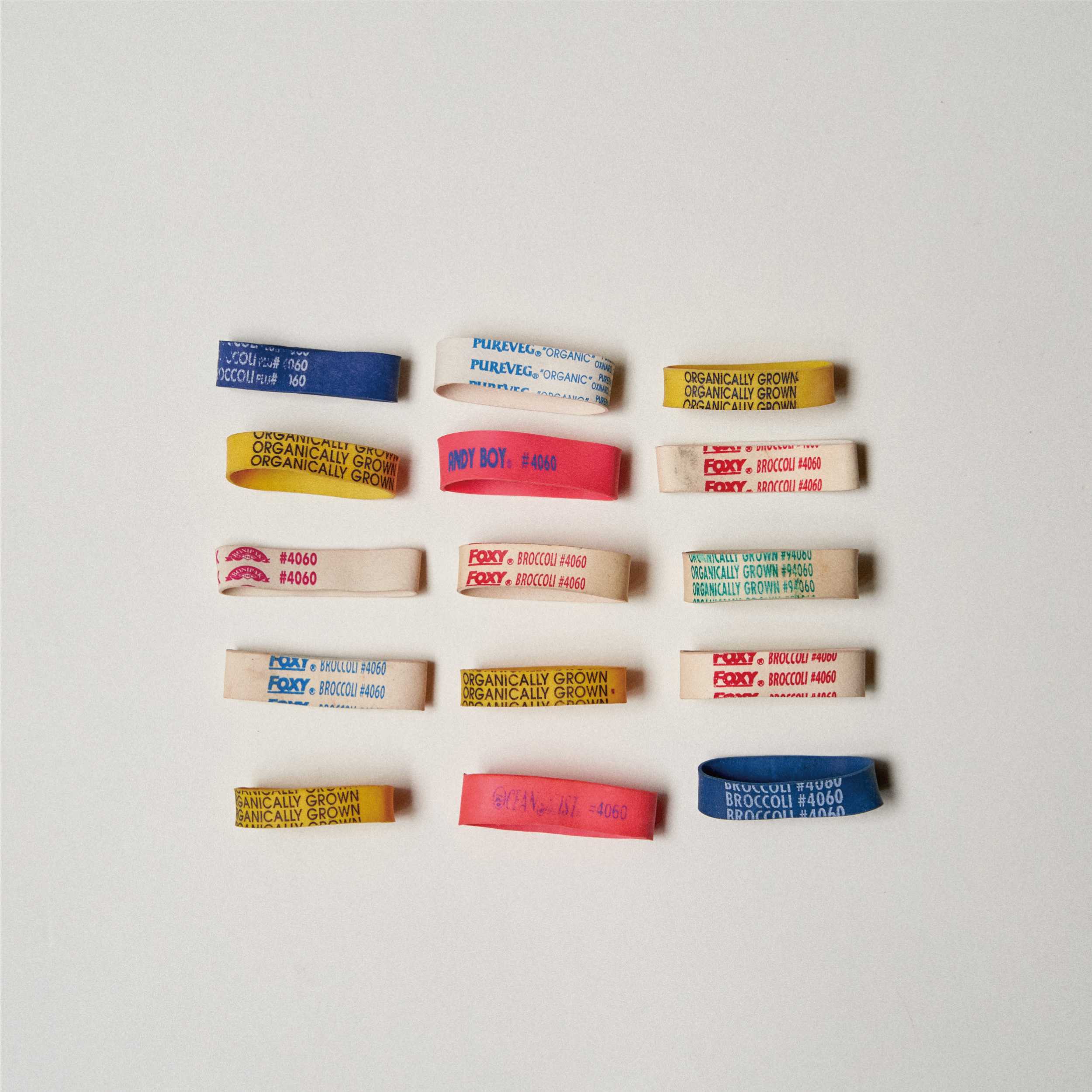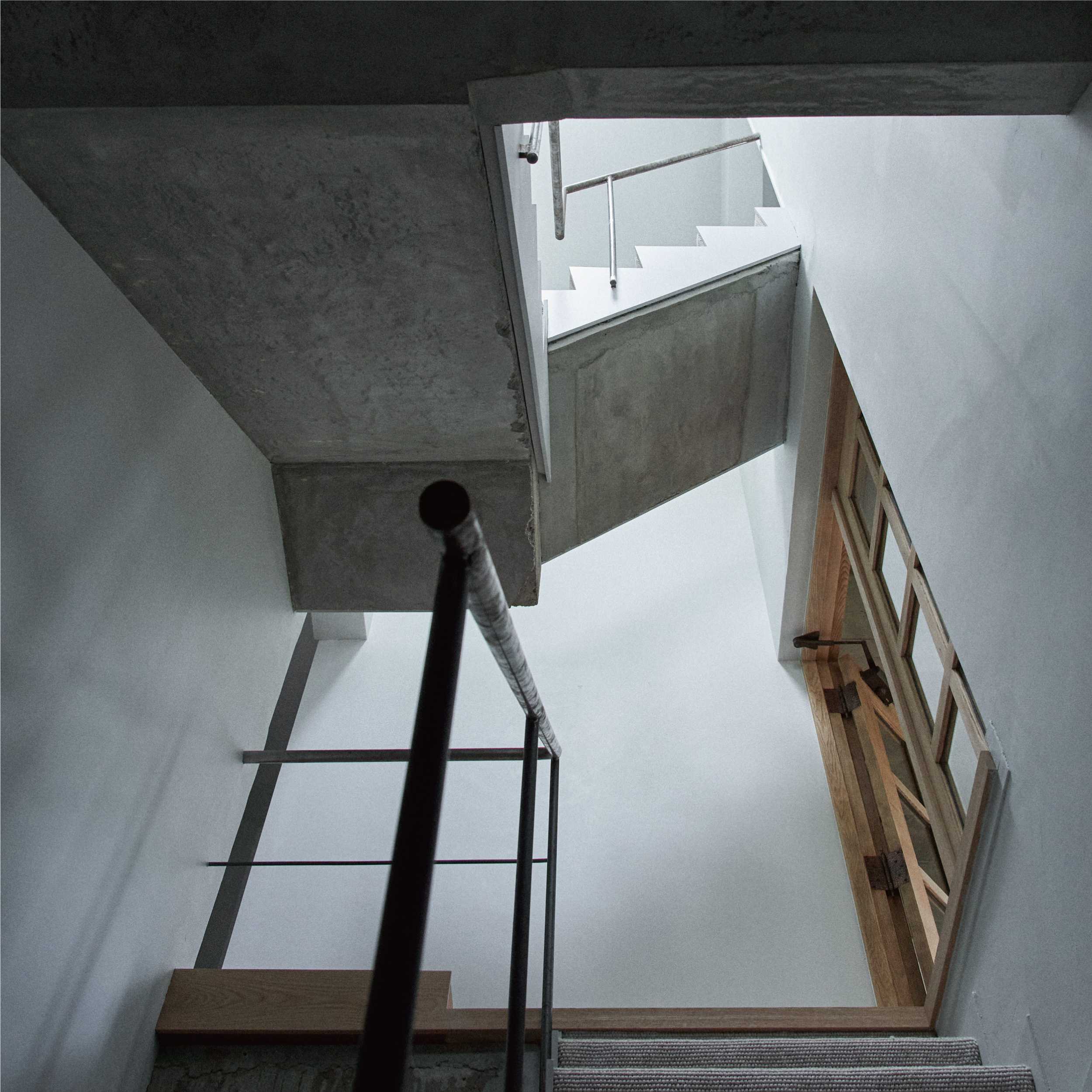Stories by the scoop at Micotoya House
Storytelling has always been central to Micotoya, the travelling greengrocer based in Aobadai, Kanagawa. Over the past decade, co-founders Teppei Suzuki and Toru Yamashiro have taken countless road trips across the country, spending time with farmers to understand their approach and the realities of their work.
“I think there are a number of factors that influence deliciousness,” says Suzuki. “It varies according to where and how you eat, but if you know the background and history of the ingredients or the person who nurtured them, it makes them more delicious. The closer you are to the produce, the more you value it.” These stories allow Micotoya to reveal the faces behind the produce, inspiring consumers to learn more about different ingredients and adding to the enjoyment of using seasonal fruit and vegetables.
Yet for Suzuki and Yamashiro, these stories are often entangled with the challenges faced by producers and the sheer quantity of food that, for various reasons, never makes it to the market, let alone the dining table. Developing an outlet for this produce not only helps to close the loop on food loss, but creates new opportunities for producers, empowering them to take pride in everything they nurture.
The February opening of Micotoya’s new headquarters, Micotoya House, provided the perfect opportunity for a new waste-focused initiative. The result was Kiki Natural Icecream, an in-house ice creamery exploring the potential of waste ingredients, sourced from Micotoya’s nationwide network. Each flavour begins with an ingredient that would otherwise go to waste, from bread crusts to damaged umeboshi and coffee, creating conversations around today’s food culture. In Japan alone, an estimated six million tonnes of edible food waste is generated annually.
“Strange shapes and markings are all part of a fruit or vegetable’s character. What we want to express with our ice cream is that even things that would normally be thrown away can become treasures ― it’s all a matter of perception,” explains Suzuki.
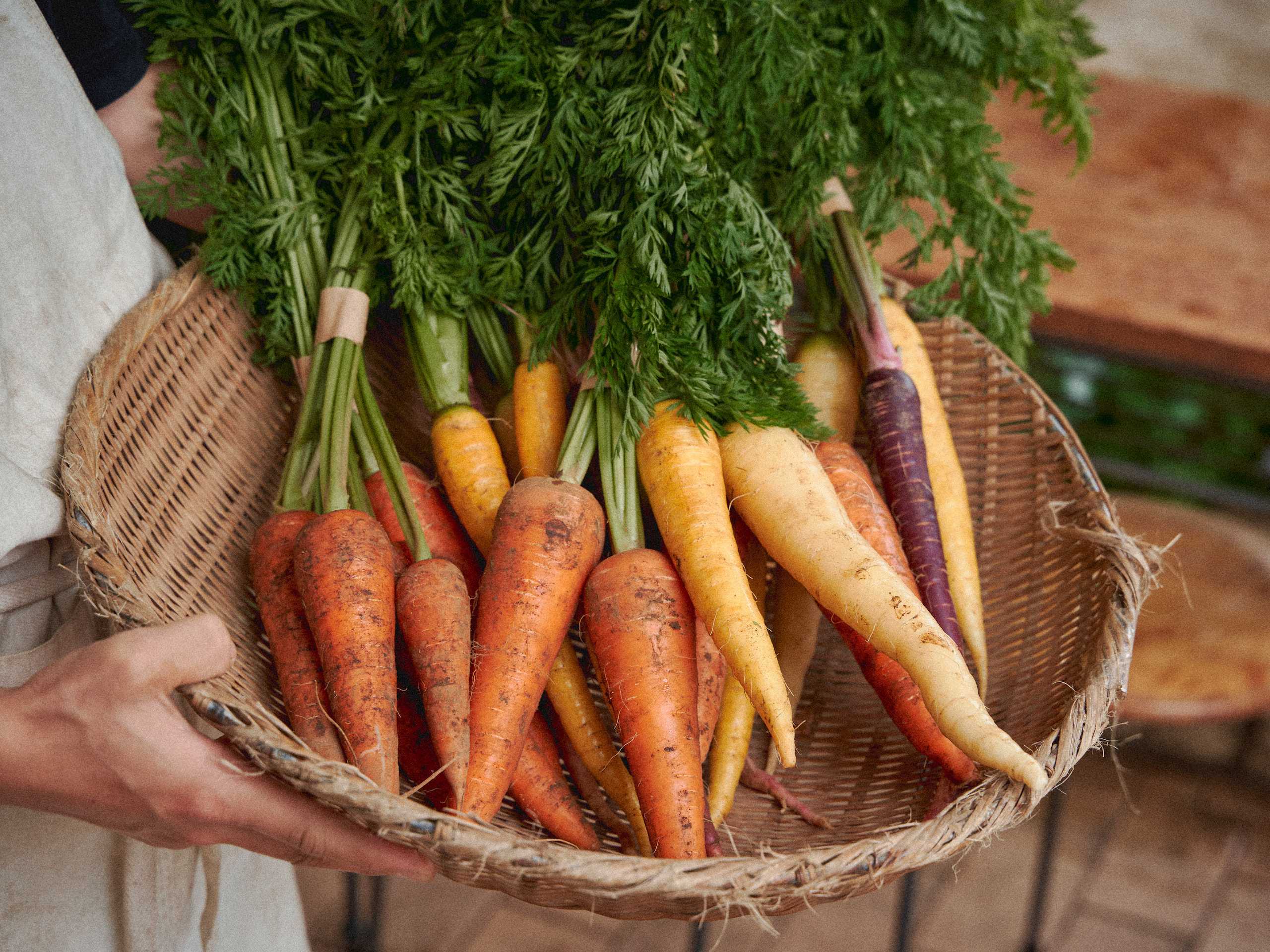
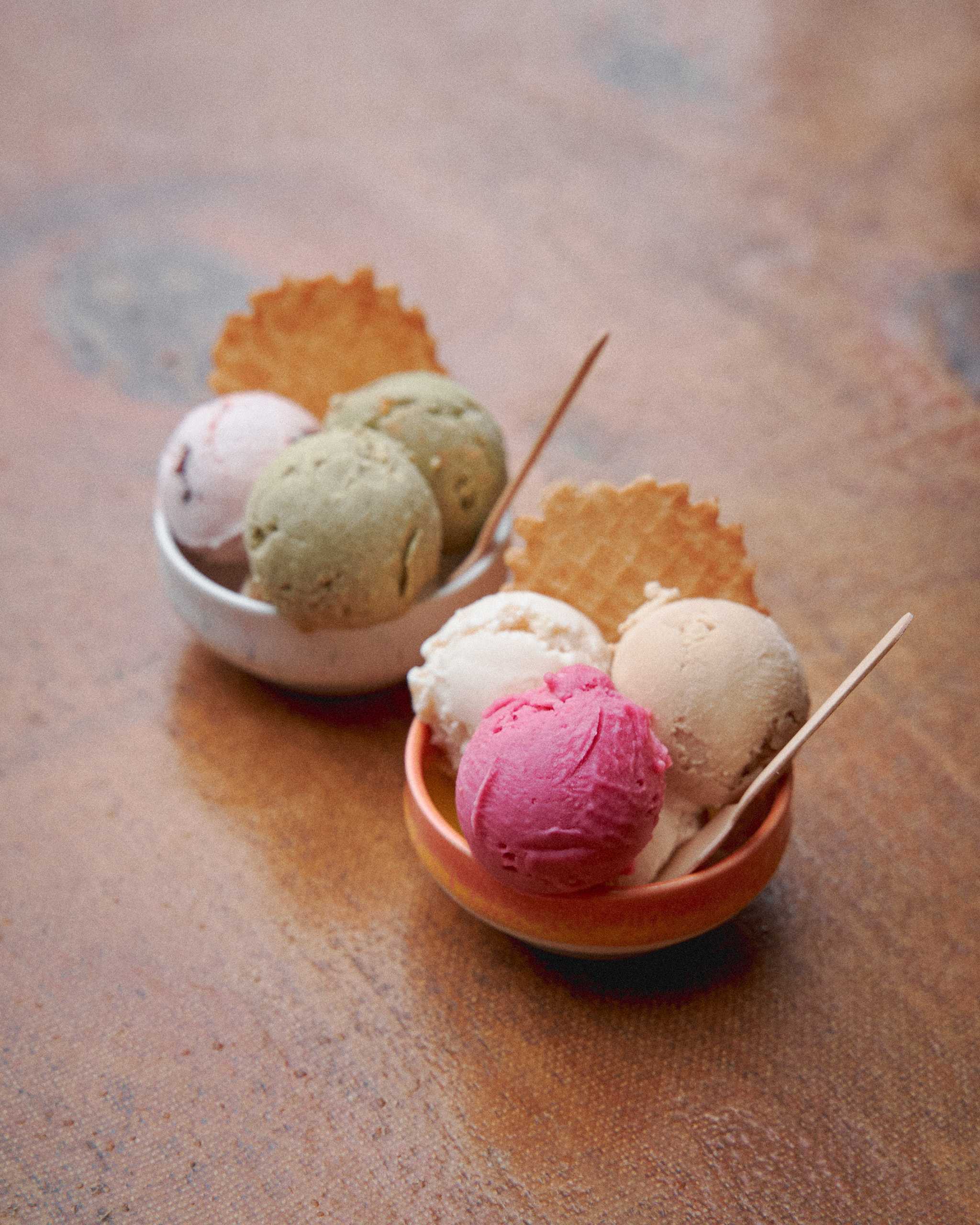
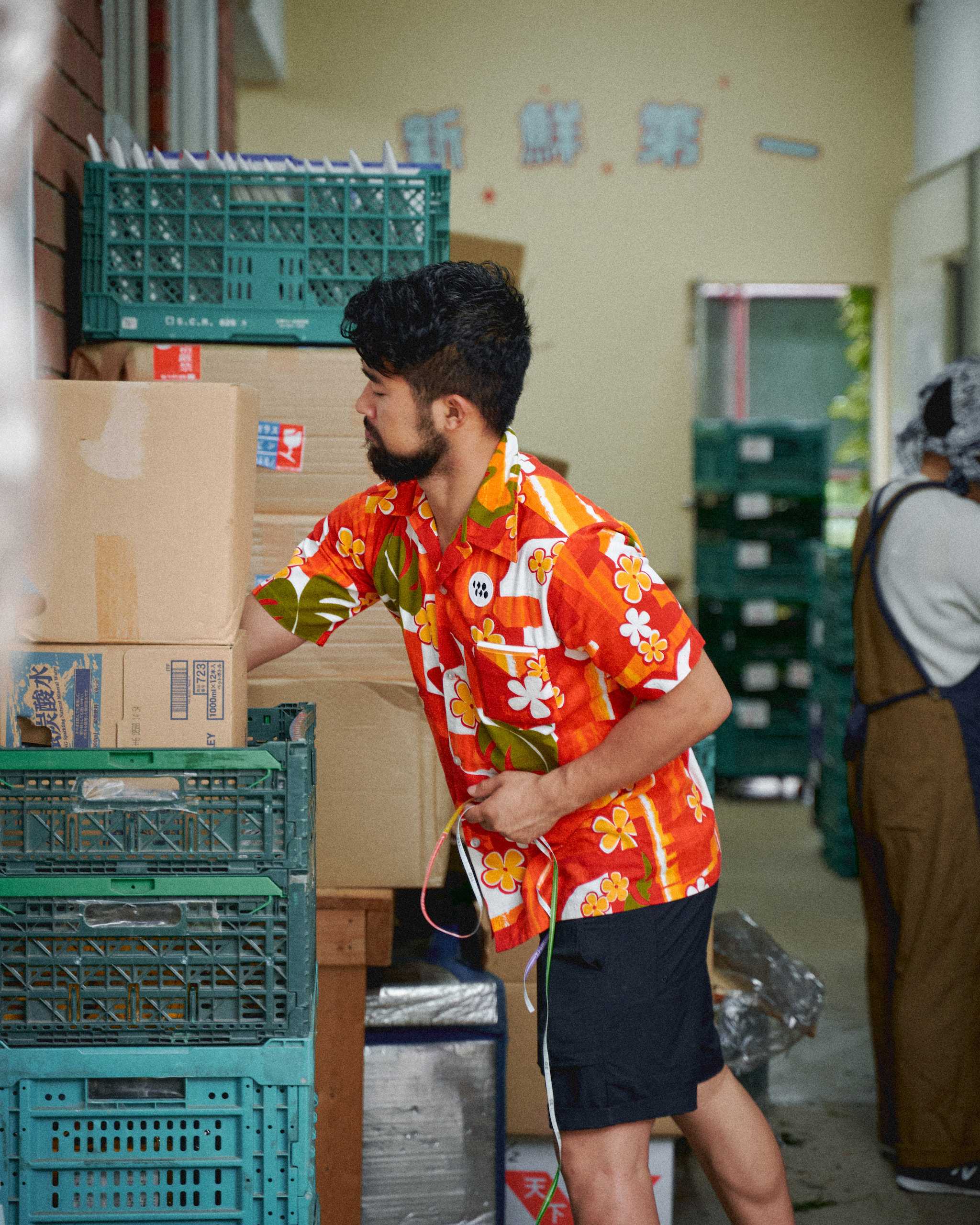
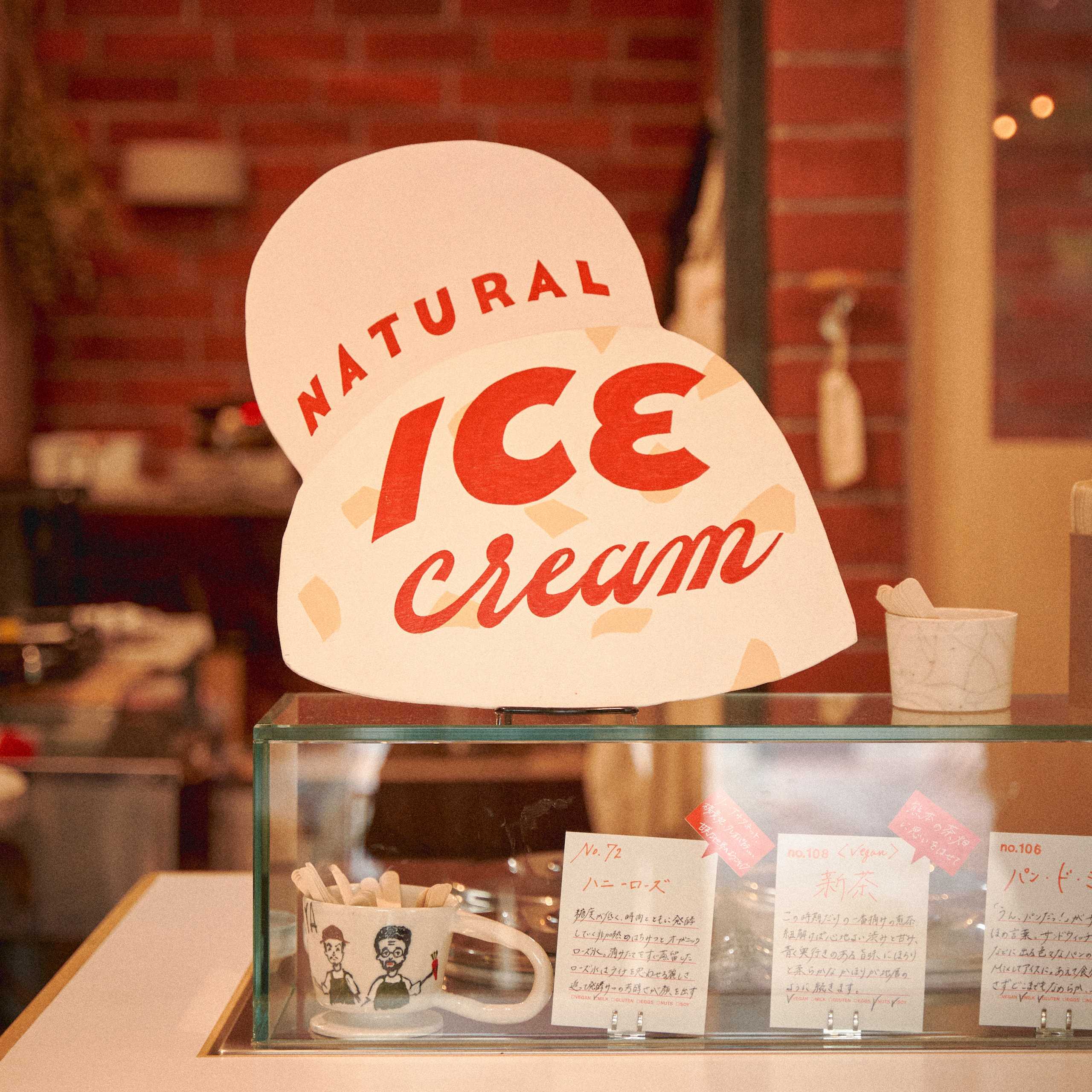
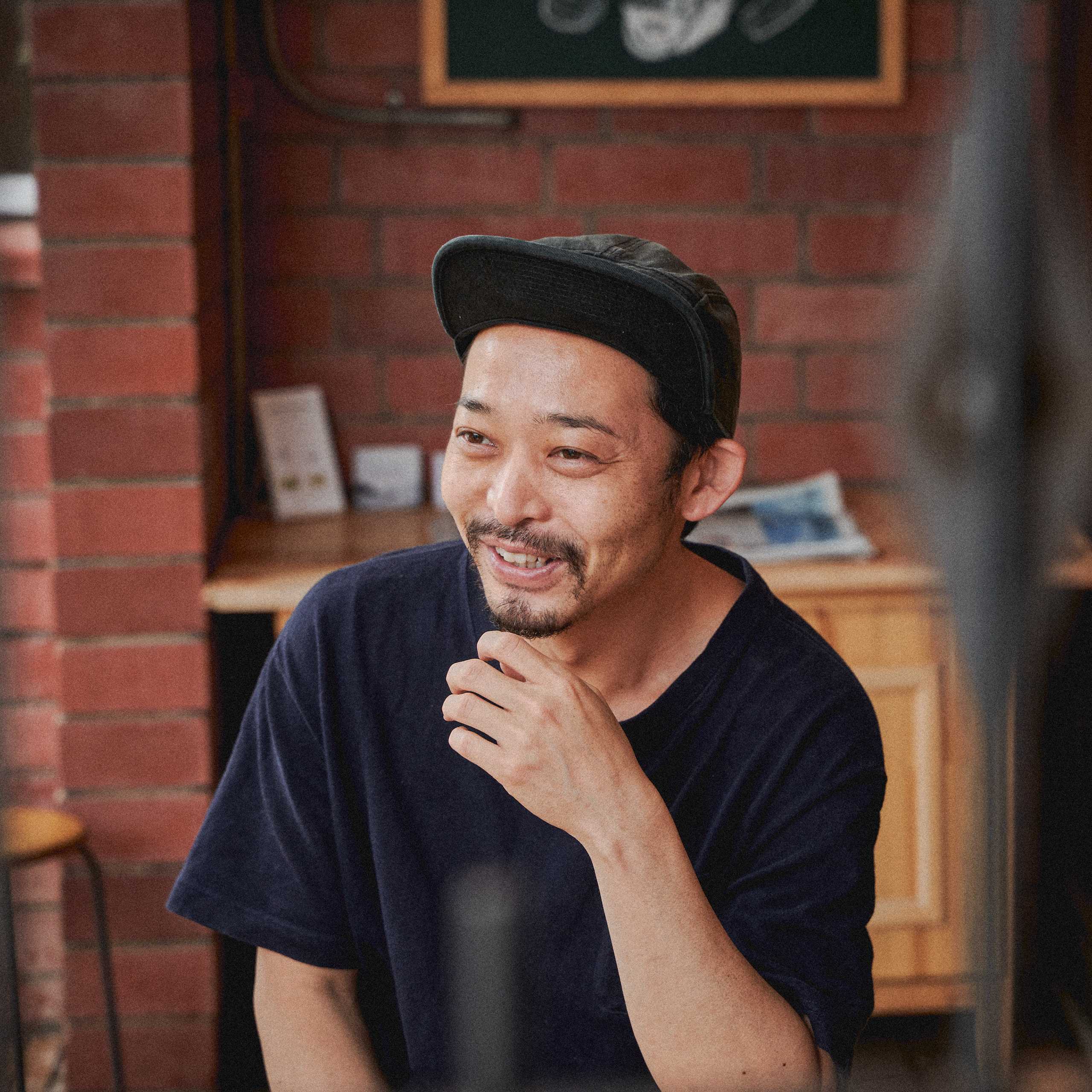
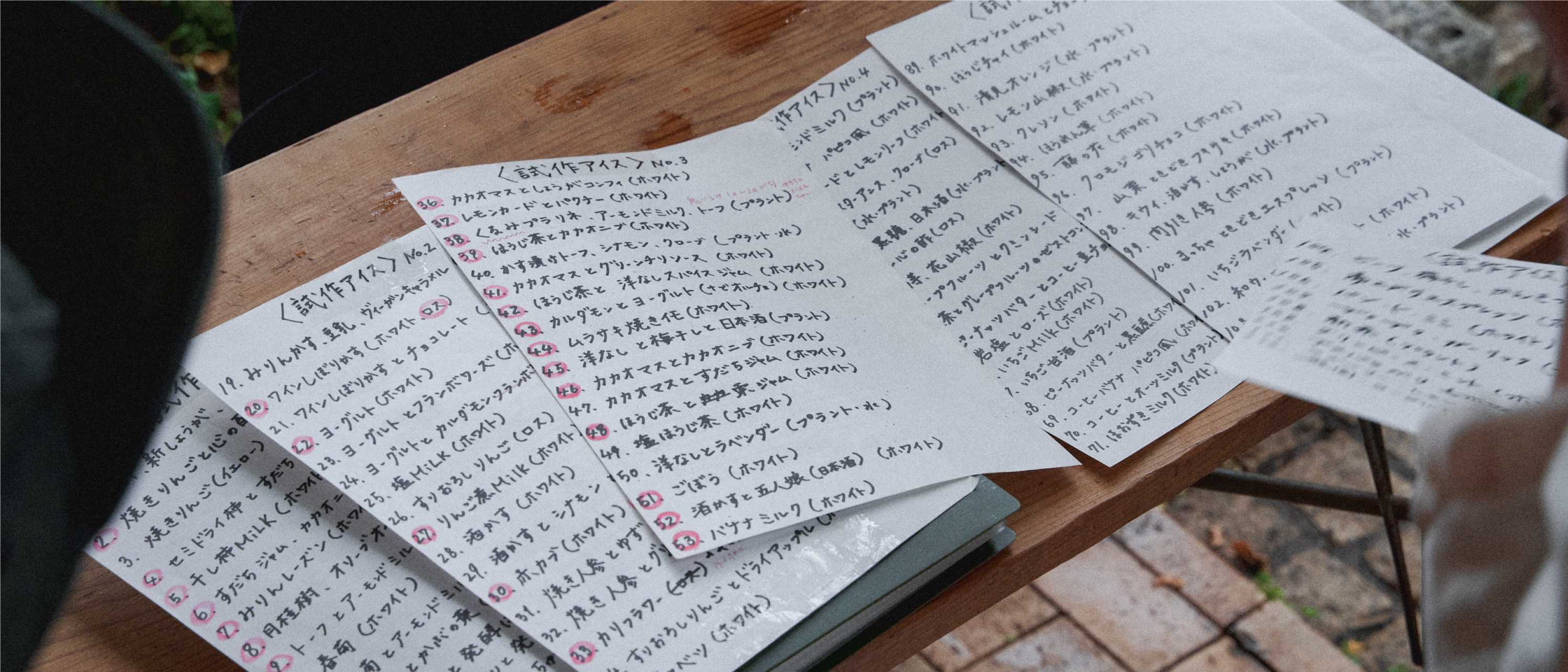
When we visit Micotoya House on an overcast June morning, the greengrocer bustles as eager customers peruse the Kiki showcase. The day’s lineup of a dozen or so flavours range from the familiar (cacao mass and nibs) to the adventurous (beetroot, pickled plum and citrus), while the intriguing Mabiki Ninjin adds a poetic touch to the story of young carrots, removed through thinning.
99. Mabiki Ninjin
Carrot leaves are the star of this ice cream, made with carrots glacéed with fermented honey. The deep aroma brings a coolness, like the fresh morning mist at dawn.
“It’s hard to stop at one,” says Suzuki with a laugh. In front of the shop, friends and families gather under the wisteria tree, double-scoop waffle cones in hand. Kiwifruit and grape vines extend up the building’s red brick facade, while plantings of basil, pineapple sage and a host of other herbs sprout either side of the entrance. Just like the sweet wisteria flowers, these home-grown ingredients are destined to feature in the recipes of Kiki’s resident “ice professor”, Rie Sakaba.
“Bridging the gap between the farm and consumers is the greengrocer’s main responsibility. Basically, how do you bridge that gap, rather than just sell things?” says Yamashiro. With more than a hundred fresh combinations (and counting) of a much-loved dessert, Kiki may just have the answer.
